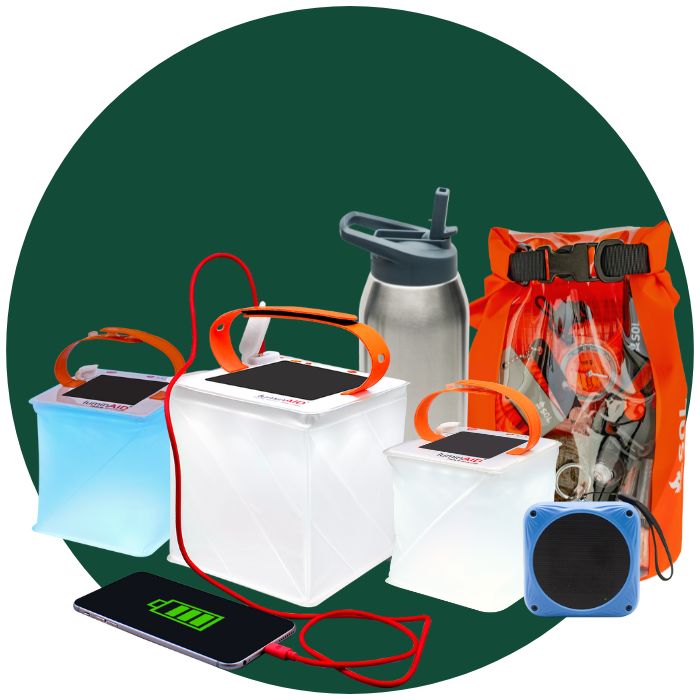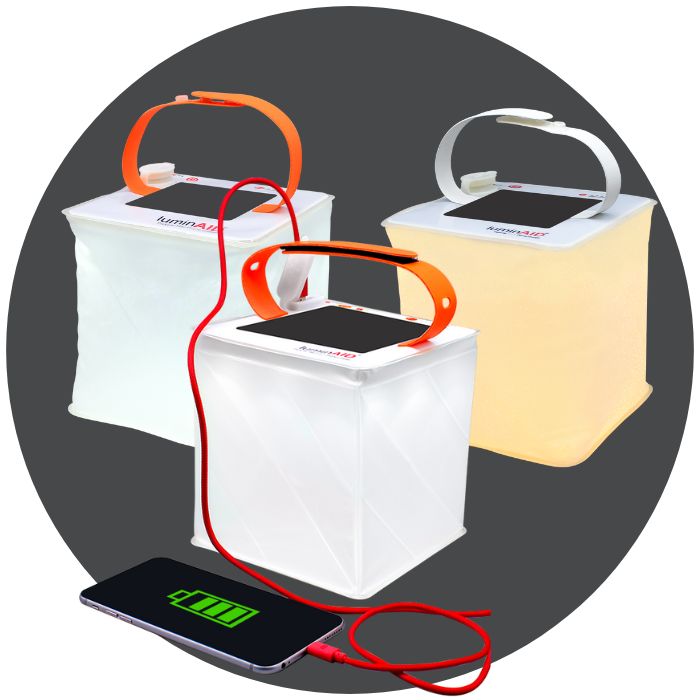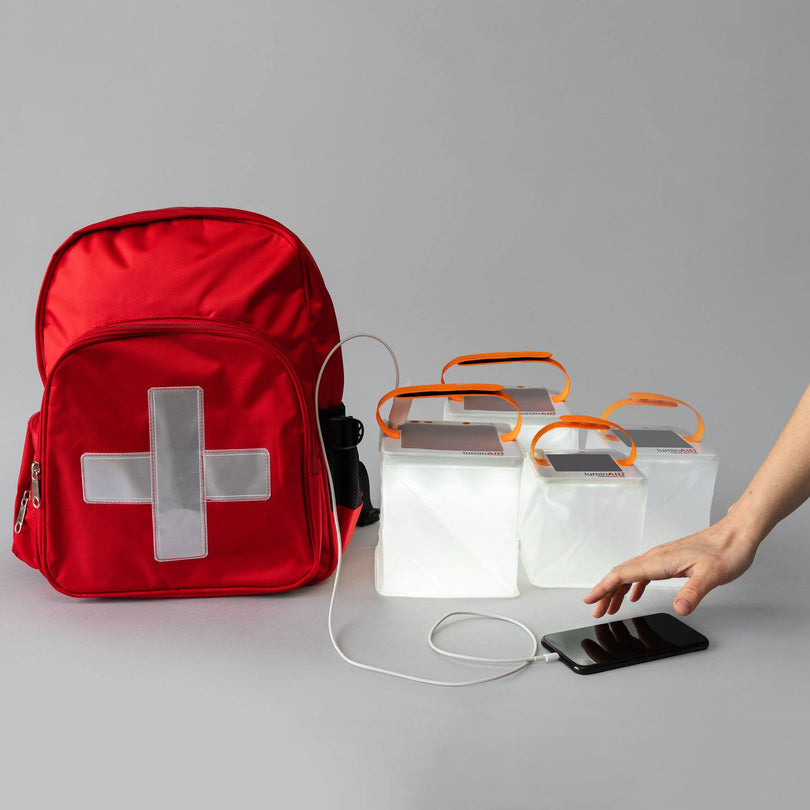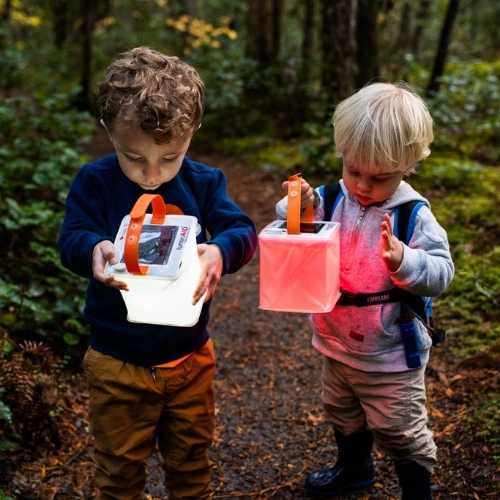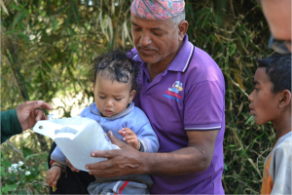On March 11, 2011, the country of Japan experienced one of the strongest earthquakes ever recorded. By total coincidence, Anna and I were on a school trip in Tokyo at the time. Although the major earthquake’s epicenter was in northern Japan, we felt major tremors on that day, a multitude of aftershocks, and power outages in the week following. It was both confusing and unforgettable, as it was something we had never previously experienced much less at that magnitude. Five years later, we want to remember both the lives lost and the bravery of the people of Japan. Although our trip to Japan happened while we were still in graduate school and in the early days of working on our idea for LuminAID, it was a turning point in our commitment to our idea to help those after disasters with our lights.
Due to the potential nuclear disaster at the Fukushima nuclear plant, the city of Tokyo made the choice to ration electricity to conserve power in the event that there was a shortage. The resulting blackouts were a reminder that even in the most developed of countries, there are still unexpected issues that come about as a result of major disasters. We happened to have one of our prototypes with us and were able to use it ourselves to test out if it might be useful in a situation following something like the earthquake. We realized that light could play an important role in helping people around the world after disasters and in emergencies.
We returned home one week after the first major earthquake hit. Though we were shaken, we also returned with a sense of awe over the resiliency of the people of Japan, who carried on as bravely as they could in the face of such a major disaster. It inspired us to want to work harder to further the development of our first LuminAID prototypes and make something impactful out of our idea.
- Andrea SreshtaLuminAID Co-Founder

